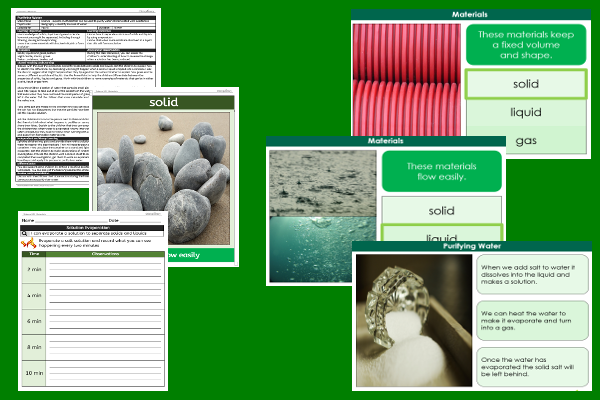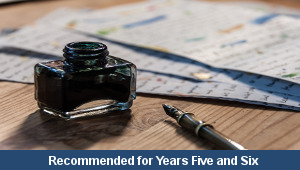Lesson Two – Purifying Water

This science teaching pack for Key Stage Two gets the children to explore and model some of the different methods that can be used to purify water that has been contaminated with a range of solid substances.
The class can practise and explain how to use the scientific process of evaporation to try and recover a selection of solid materials from a liquid.
Download this teaching pack including a lesson plan, classroom activities and an interactive presentation to explore and model some of the different methods that can be used to purify water that has been contaminated with a range of solid substances
Activities in this teaching pack include display posters to identify and describe the properties of different solids, liquids and gases and a template to select and record their observations when evaporating a solution formed by combining water and salt.
The interactive presentation gets the children to explore some of the different methods that can be used to purify water contaminated with a range of solid substances
This lesson is part of a science scheme of work to get the children to investigate, test and record how a range of different materials can be changed and altered including the use of dissolving and evaporation. There are teaching activities for shared learning, differentiated worksheets to support independent learning and interactive presentations to introduce concepts and key skills.
-

Maths Arithmetic Assessment
Assess abilities in solving arithmetic number problems for addition, subtraction, multiplication and division when working with informal and formal written calculations
-

Environment
Identify and describe some of the special landscapes and locations that can be found in the world and reflect on how they can be protected and preserved for the future
-

Silent Letter Words
Explore and illustrate the meanings and spellings of some different words with silent letters when using them in a range of topics and scenarios
-

Complaint Letters
Explain and model how to format and structure writing when composing letters of complaint about different issues and scenarios
